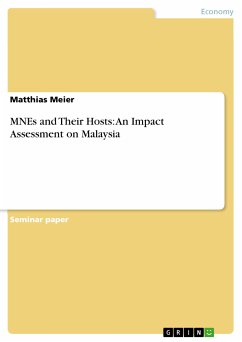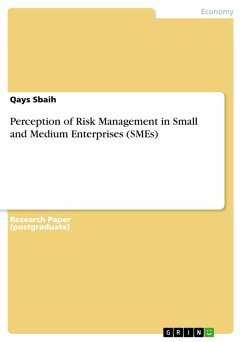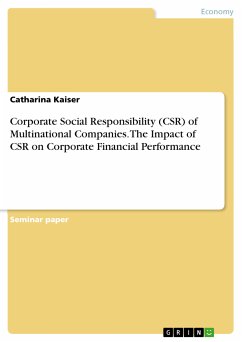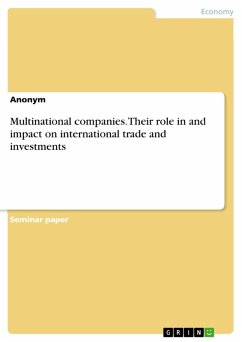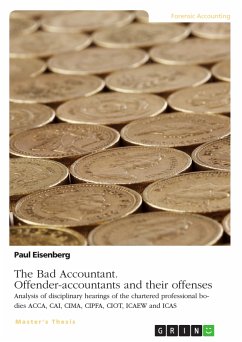Seminar paper from the year 2006 in the subject Business economics - Miscellaneous, grade: 1,3, Leeds Metropolitan University (Leeds Business School), course: Multinational Enterprises, language: English, abstract: Strategically positioned in the heart of Southeast Asia, Malaysia is one of the world's most attractive locations for FDI. Since independence in 1957, Malaysia has moved from an agriculturally based economy to a more diversified and export orientated one. In 1963 the federation was enlarged by the accession of Singapore, which left in 1965. Since then, Malaysia has enjoyed a climate of political stability which was conducive to high economic growth based on industrialisation and stimulated by foreign investment. (China-Asean Business Net 2006) The National Development Policy provides a framework towards the new vision 2020 plan of the Prime Minister, Dr. Mahathir, which symbolises "the way forward" policy towards a "developed" nation in 2020. (ibid) This can only be achieved by enduring high FDI which contributes positively to national wealth. This report provides a descriptive base of FDI in Malaysia in Chapter 2. Chapter 3 analyses the impacts of FDI in theoretical terms, whereas Chapter 4 deals with empirical impacts on Malaysia. Chapter 5 suggests policy implications based on the findings of the previous chapters.
Dieser Download kann aus rechtlichen Gründen nur mit Rechnungsadresse in A, B, BG, CY, CZ, D, DK, EW, E, FIN, F, GR, HR, H, IRL, I, LT, L, LR, M, NL, PL, P, R, S, SLO, SK ausgeliefert werden.

